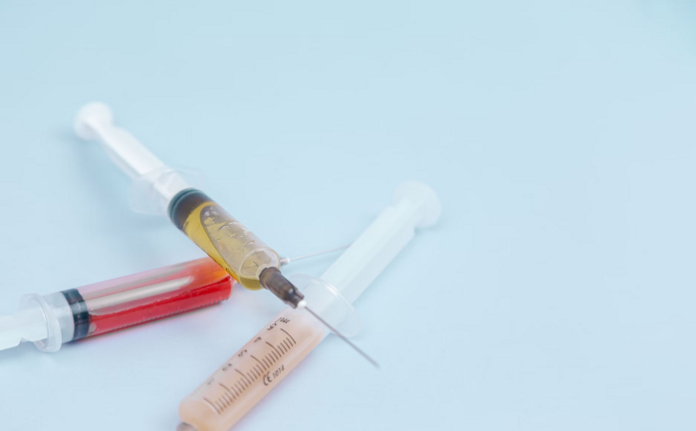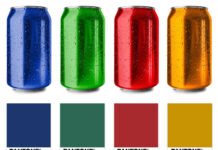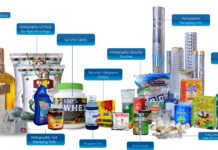
The SignaKey code, which is smaller than Data Matrix, allows you to track sterile injectable drugs — at the unit level — from container manufacturing through the supply chain, according to the developers. In addition the code could enable zero false rejects during visual inspection, a major improvement in aseptic manufacturing efficiency, it is claimed.
Produced with an ultra-high-frequency laser, SignaKey is embedded into container walls without impacting material properties. It works with range of glass or plastic pharmaceutical packages such as vials, syringes and cartridges.
Like other coding technologies, track-and-trace and anti-counterfeiting are key advantages. The small code is printed flat, eliminating readability issues associated with codes printed on a curved surface.
A two-dimensional coding technology, it is simple yet robust and can be used for a variety of markets. It has already been proven in several industries — including parenteral pharmaceuticals, automotive and cannabis, so there are potential applications beyond the pharmaceutical sector. But it particularly fits the unique needs of sterile pharmaceuticals, says the company.
Consultant Rich Hollander has joined the company, following a 32-year career with Pfizer. He explains, “If we could uniquely identify each glass component as it goes through visual inspection we could potentially get to zero false rejects in that operation, [which are] major sources of loss in aseptic manufacturing and potentially unnecessary investigations.” The solution permits precise data about an ejected package as captured images can now be tied to a specific container.
Produced with a femtosecond laser, widely used in ophthalmic surgeries, the code is embedded into the container wall. For parenteral pharmaceutical packages, such as glass vials, this means there are no chemical or physical changes to the container, so product quality is maintained, says the maker.
Codes can be embedded in glass or plastic (including cyclic olefin copolymer, COC), making this a single coding technology that can be used for vials or syringes, or any typical package used for sterile pharmaceuticals, believes SignaKey. As the code is embedded and not printed it is impervious to damage from rough handling. In addition, due to its low contrast, it will not interfere with existing automated visual inspection processes.
Highly compressed, the SignaKey code is a grid of 256 characters, plus one row and one column of orientation symbols. Each character is the letter Y, positioned in one of four ways: up, down, left, right. The permutations that can be printed are virtually endless, making it suitable for producing enough codes for unit-level serialization.
The code can be printed with any coding technology. But for parenteral pharmaceuticals, the company has worked closely for more than a decade with LASEA, a French company supplying femtosecond laser equipment. It has marked SignaKey at speeds that equates to 333 codes/packages per minute.
The company is working with glass converters to add the code at a reasonable cost, without impacting yield, as well as with pharma manufacturers to ensure they are aware of the value in container traceability and how the SignaKey fits for all container types used in aseptic operations.
(From AIPIA)











